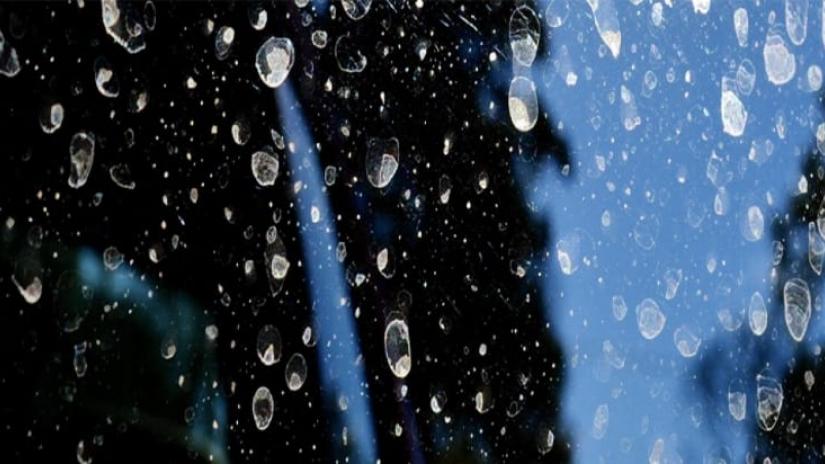Why do so many people struggle with water spots, and what are they?
Water spots develop when mineral-rich water is not wiped from the glass after it has dried. As the water evaporates, minerals and salts in the water are deposited on the surface. These typically corrosive substances will eventually scratch the surface if left for a while.
While spots on windows may develop due to rain, other factors are more likely to be at fault. Is your car being sprayed by a nearby water sprinkler? Do your gutters allow rain to drip from the roof onto the glass of your windows? If you solve these issues, water spots might go completely.
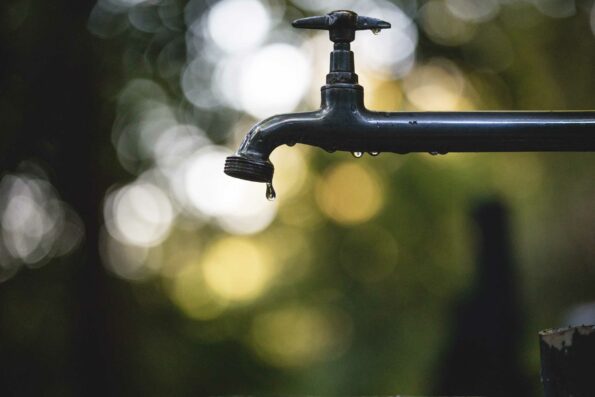
Calcium and magnesium carbonates, two minerals commonly present in tap water, are only weakly soluble in water. This indicates that it is pretty challenging to dissolve it back into the water after it has dried out.
So, let’s discuss some common myths surrounding water spots and their facts.
1. Water Spots Can Be Removed With Vinegar
Yes and No. Since vinegar is acidic, more minerals are soluble in water and are, therefore, easier to dissolve. But vinegar has its limitations because it’s a weaker acid.
This natural homemade vinegar will not work on strong water stains. However, it will work for VERY weak water spots.
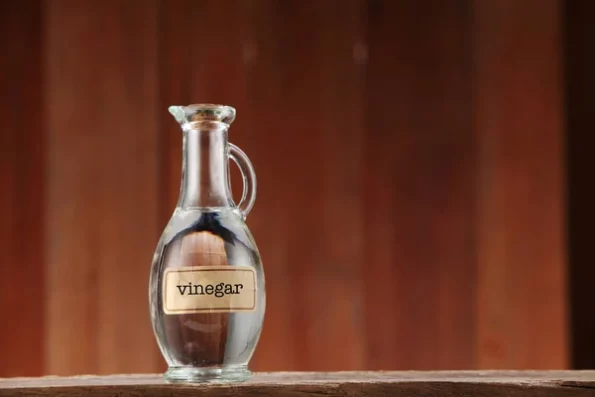
Can Vinegar Be Used On Car Paint?
While it might be secure on some surfaces, like glass and mirrors, it is not advised to use vinegar on vehicle paint. Over time, it can fade the paint’s appearance and harm the clear coat.
Additionally, for it to work, you’ll need to “rub it in.” creating more swirls and micro scratches than necessary. Especially for experienced detailers, a massive no-no!
Professional detailers are not interested in YouTube video tricks. They prefer specific water stain removers for vehicles. Safe for the paint of cars, quick to respond, and dependable. We would also like not to use vinegar on your car’s paint if the stains are much larger and tough.
Here are the steps for using vinegar to remove water spots:
- In a big basin, combine 2 parts distilled water and 1 part white vinegar to make your cleaning solution.
- Spray some on, then wait 10 minutes.
- Remove using a cloth.
- Repeat.
2. Wheel Acid Eliminates Water Stains
Wheel acids are the most effective ways to remove water spots from vehicle paint in several detailing blogs. Claiming that it can clean the automobile of watermarks in under a minute and remove nearly all of them. However, if handled improperly, acidic washes and heavy-duty degreasers can dull and damage the painted surface.
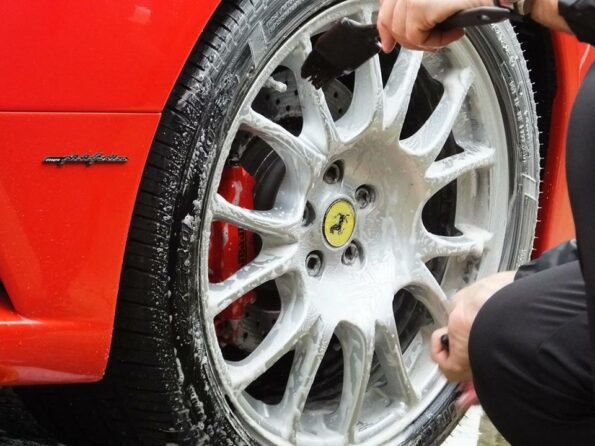
Why Does Wheel Acid Remove Water Spots So Well?
Wheel acids, one of the strongest acids, are efficient. That’s why it can remove those water spots so easily. As a result, it poses a severe risk to you and your car. It is made to be used on wheels to eliminate entrenched metallic pollution in the lower body panels and wheels, including obstinate brake dust.
Wheel acids are not intended to remove water stains. While some products claim to be safe on paint when diluted properly, they could result in permanent harm. In particular on vehicle paint.
Wheel acids are mainly used to clean wheels with no water spots. You have to use it at your own risk too!
3. Use Alkali To Neutralize Acids
A pH scale is used to quantify acids. The pH scale determines how acidic or alkaline a solution is. The pH scale ranges from neutral (7), to acidic (1), to alkaline (up to 14). The scale’s range is 0 to 14.
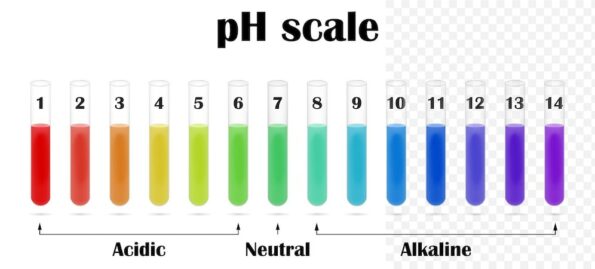
A chemical reaction happens when alkali and acid are together. You can create a neutral solution, also known as a neutralization reaction if the exact proper proportions of acid and alkali are combined. You will need to know the precise dosages to utilize, though!
Since potent alkaline cleaners risk damaging the painted or coated surface, there is no need to neutralize them.
4. Water Spot Cleaners That Are Spray-On, Wipe-Off
Applying the product to the surface is simpler when sprayed. Here are the main reasons we don’t advise spraying when it comes to acids and acid-based products, though!
Concentrated Product: Nozzles on sprayers are not all created equal. Some are on stream, while others are in spray mode. Even when using the spray mode, the product concentration may be uneven, resulting in an excessive concentration in one area.
Overspray: Acids can overspray onto surfaces you didn’t intend for them. It can perhaps do greater harm. Instead, apply it to a microfiber cloth. This guarantees consistent product application and prevents “overspray” on unintended locations.
Acid Vapours: Spraying causes vapours to be released into the atmosphere. We can breathe in or apply it to our skin more easily. Because they are corrosive, acids should always be handled carefully!
Final Words!
So we have addressed all the myths and facts related to Water Spotting. Now it’s up to you what you do with it. If you are unsure about what to do, we would always recommend you visit a professional detailer as they have all the necessary equipment and experience to remove those tight spots. Good Luck!

